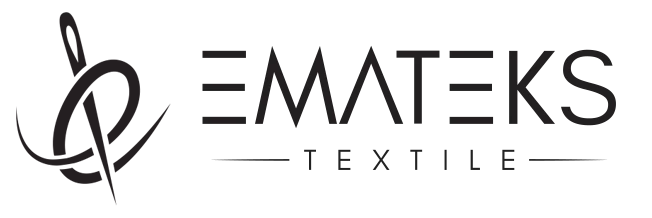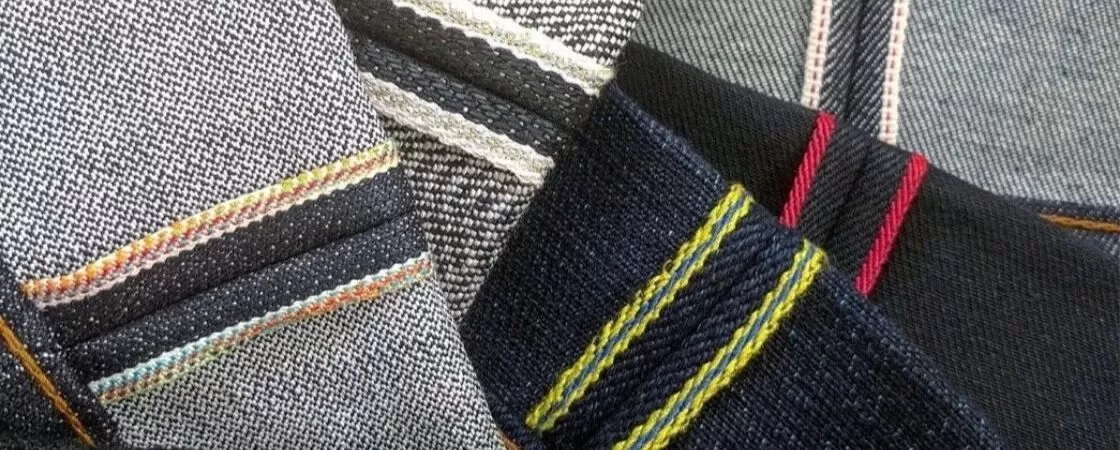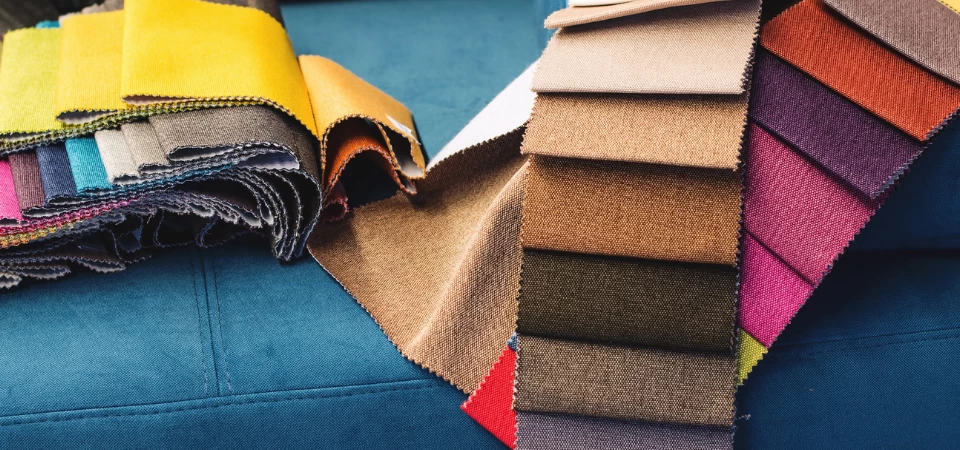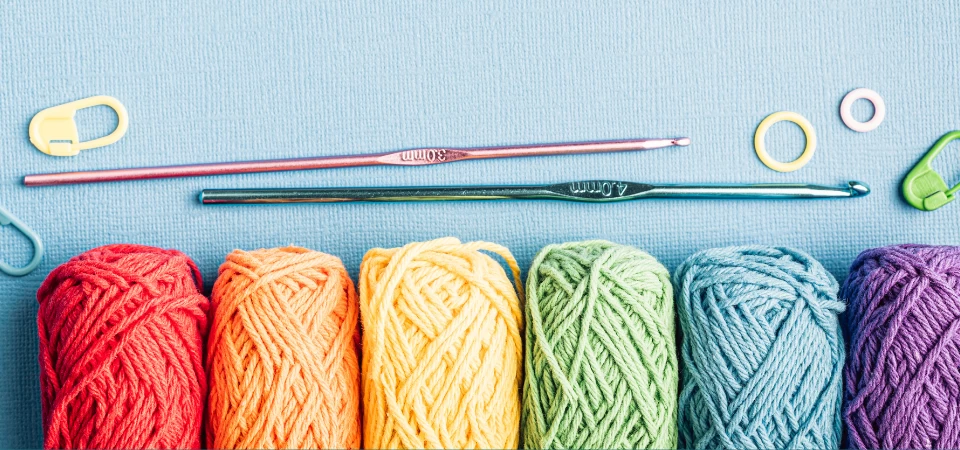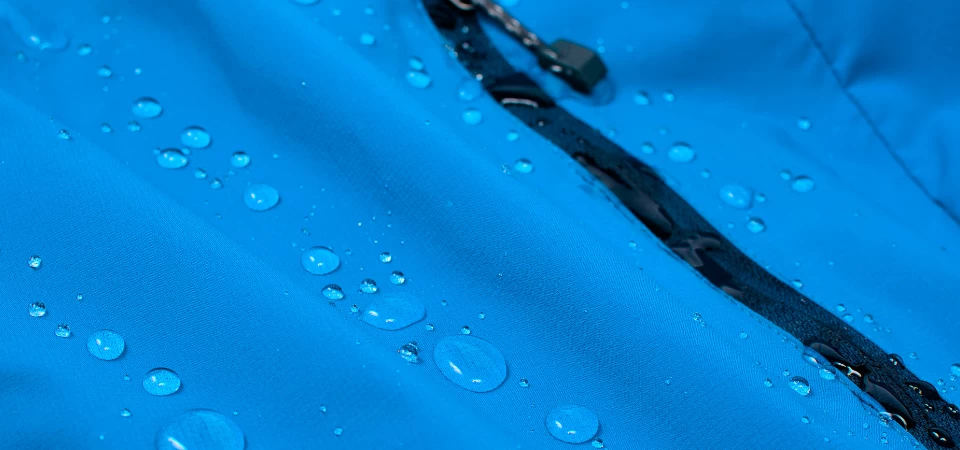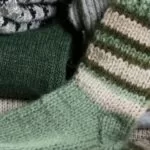
The Ultimate Guide to Knitted Fabrics: Types, Uses, and More
December 7, 2023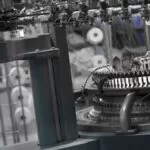
Mastering the Art: Knitting Machine Basics
December 21, 2023In the textile industry, designers have many opportunities to use their creativity, and the materials they use are a very important tool in this regard. Fabric selvage, about which there are many misconceptions, is among these tools. Selvages is a tightly woven section at the tip of the fabric that indicates the fabric is finished. This tightly woven section protects the fabric against deformities and gives it an aesthetic appearance. It is possible to see the models of selvages woven with different techniques in fabric factory, and each technical fabric is also given other properties such as resistance. Especially the fabric selvages models made with different techniques inspire many designs. In this article, what these techniques are, where these selvages are used and their importance for the textile industry is discussed in detail.
Table of Contents
ToggleWhat Is Fabric Selvage ?
The finished and tightly woven part of the fabric is known as a fabric selvage. Selvages are found in all types of fabrics because it has the task of preventing the fabric from being ripped off. In addition, selvages are details that add durability to the fabric and make it easier to maintain its form. This selvage can appear in different shapes in each fabric. For example, some fabrics may have different colors while the edges are thick. In addition, there are different types of selvage designs, such as split, fused, leno or tucked-in selvedges.
How Does Fabric Selvage Look Like?
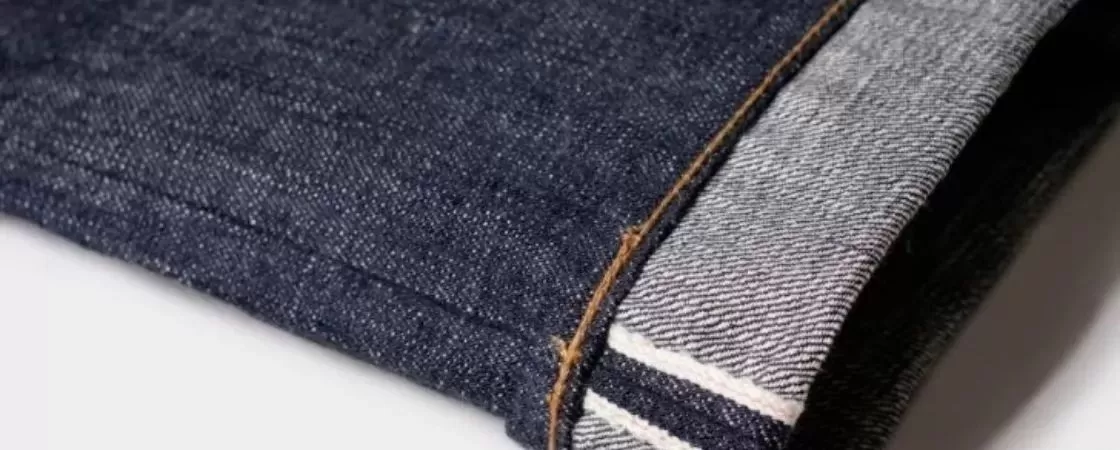
Fabric selvage is quite easily distinguished on the fabric because it is tightly woven, sometimes made in different patterns, located on the outermost edge of the fabric. Although the selvage part is similar to the whole fabric in some fabrics, it is easy to distinguish due to its tightly woven structure. In some fabrics, this section is made more widely and different colors are also used depending on the situation. Labels containing the name of the brand or designer can also be included in this section.
Quilts Designed with Selvages
It is possible to make many different designs with Fabric selvages and it is also very popular in the textile industry. One of the highlights of these designs is quilts designed with selvages. Using these selvages for both a creative and unique look is a huge advantage. Different designs are obtained by combining the selvages collected from different fabrics. In this way, variety in color and pattern is provided. With this method, it is also possible to make customized designs, so designers can customize their designs by throwing remarkable stitches and creating a theme in the quilts.
Known Mistakes About Fabric Selvage
Fabric selvages is often seen as an unnecessary and unused partition, but it is much more than that. Some people think that they should cut this part because of the appearance and the label, but this is a big mistake. Selvages prevent the fabric from easily deforming by retaining its form. Moreover, it is also a factor that increases the durability of the fabric. This part is advantageous to use not only with its durability to the fabric, but also with its appearance. Different selvages obtained from different fabrics can be used to make original designs. In the design of products such as blankets and bags, these parts are often used. Another misconception is that selvages have a standard appearance. Selvages also vary, depending on the fabric and pattern used.
Do Knitted Fabrics Have Selvage?
Knitted fabric literally does not have a selvage because it goes through a different production process than woven fabrics. In woven fabrics, selvages are a rather prominent and tightly woven structure, but there is no noticeable and finished part because knitted fabric has a seamless structure. Although knitted fabric does not look exactly like selvages, there is a structure that gives the impression that the obscure fabric is finished. In addition, patterns such as selvages can be made on the edge of the fabric as a pattern.
Why is Fabric Selvage Important?
Considering its function, fabric selvage is a very important part in the textile. After the fabric is produced, it is the most important factor that allows the fabric to maintain its form when moving, packing, or waiting on the shelf. In addition, the length line is looked at to accurately understand the way the fabric moves, and the selvages are closely related to the length line. Since the threads extending parallel to the selvages express the length line, it also makes it easier to determine it.
How Is it Used in Textile Products?
Fabric selvages has a wide range of uses in the textile industry with both appearance and function. Its primary function is to maintain the form of the fabric. Selvages produced in various ways prevent the fabric from bending and sipping. This is a factor that increases the service life of the fabric. In addition, there are labels on the selvages that include the name of the designer or brand along with the instructions for use. These labels can be very guiding to make informed shopping. Because it offers a versatile design, salvages are also used to make tailor-made or unique designs. It is especially often preferred in accessories such as bags or in home textiles such as blankets and quilts.
Types of Selvedge Designs
There are different types of fabric selvage, which vary according to the use of the fabric. Each gives the fabric an original look and touches it in different ways. One of them is plain selvedge. It is the type of selvage produced by plain weaving technique, and the threads are the same size as the rest of the fabric only packaged closer.
Another is tape selvedge and is produced by twill or basket weaving technique. It is a type of salvage that can be produced with the occasional straight weaving technique. This technique involves the use of heavy yarns, so a flat and layered appearance dominates.
Split selvedges also use wide fabrics with two edges in the middle. After the fabric is touched, it is cut from the edges and the chain stitch is thrown to the cut edges. This technique is mostly used in the production of textile products such as towels.
As the name fused selvedges suggests, it is a technique in which borders are joined. It is mostly used in fabrics made of thermoplastic fiber such as nylon. A warm element is pressed into the fabric and the fibers melt together with the heat.
In the leno selvedge technique, weft threads are connected with strong additional threads and the protruding standing weft ends are cut. Especially in the half-cross technique, the fabric becomes resistant to deformations such as tearing.
Finally, tucked-in selvedges is a technique often used in fabric countertops that work without a shuttle. In this technique, the edges of the weft yarns touch the fabric again through a clamping device.
As you can see, fabric selvages is a versatile structure with a wide range of uses.
